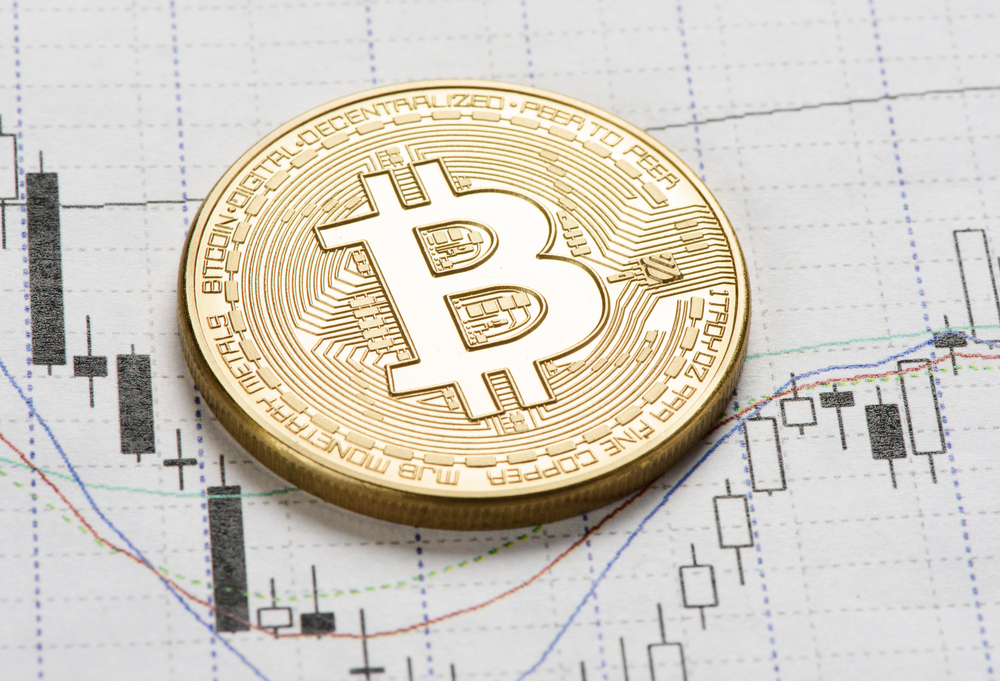While it is widely agreed that past trends cannot predict future markets, today’s cryptocurrency market movements suggest a similar trend to what has been observed multiple times throughout 2017. Today, we see money flowing away from altcoins, back to Bitcoin, as sentiments towards the grandfather coin continue to turn bullish.
Bitcoin (BTC) has climbed close to 6% in the past 24 hours, growing from a price of roughly US$11,200 to its current price of $11,870. This growth translates to a market cap appreciation of US$10 billion. Unfortunately, these gains have not entirely translated to the global cryptocurrency market cap, which has seen an appreciation of just under $4 billion through the same time frame.

Bitcoin (BTC) 1 day chart
Excluding Bitcoin, the global altcoin market is down 2%, or about US$5 billion from the start of the day, and down almost 10 billion from the 24 hour high. Of course, this can only be explained by significant drops in BTC pairings across the board from top altcoins. Of the top 100 coins by market cap, only 8 currencies have appreciated in Bitcoin value in the past day. ReddCoin (RDD) has grown 30% in BTC to 89 sats, and a handful of other coins have seen BTC growth of 5% or less on the day. Everything else versus Bitcoin, with many top coins seeing BTC value reductions of 10% or more.

Why is this happening?
Starting in June of 2017, when cryptocurrency first began to see significant attention from the general public, a paradigm shift tookplace among a majority of traders from a focus on growing Bitcoin value of their portfolios to prioritizing USD profits. Now that dollar value carries far heavier weight in the eyes of a majority of traders than BTC pairings, many altcoin traders have no hesitation in selling their coins at a BTC loss, so long as they end up with more money in their pockets than they began with.
While this transformation in trading trends is frustrating for many of the experienced traders, who still prioritize the growth of their portfolios in Bitcoin, this paradigm shift is not inherently harmful. Of course, in situations like now, when Bitcoin enters a bull phase, the inverse relation does inhibit the growth of altcoins. However, the opposite is true, and this was experienced largely in the end of December and early January of this year. In this period, although Bitcoin’s price was primarily in a sideways motion, altcoins began to flourish. As a result, we saw total market capitulation rise to an all-time high of US$830 billion, thanks to massive pumps from large coins such as Ripple (XRP), Tron (TRX), and Stellar (XLM), as well as strong performances by other altcoins across the board.
The road ahead
It’s logical to predict that the immediate future of altcoins will largely be determined by the price movements of Bitcoin. As soon as Bitcoin begins to move sideways, or even modestly dip, altcoins will once again begin to prosper. Of course, their success in a broader scope hinges upon the length and magnitude of Bitcoin’s current trend. However, like what was seen in recent months, the higher Bitcoin is able to climb, altcoins will similarly see major growth once the king of cryptocurrency finally cools off.

